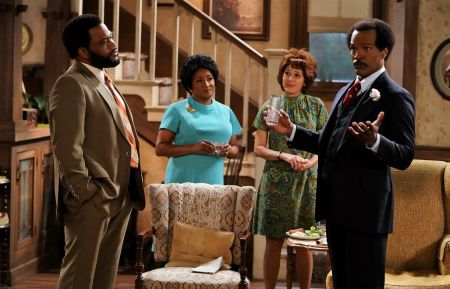
“The Jeffersons,” a seminal sitcom that aired from 1975 to 1985, chronicled the upward mobility of George and Louise Jefferson as they moved from a working-class neighborhood in Harlem to a luxurious apartment on Manhattan’s Upper East Side
This change in setting was not just a geographical shift but a symbol of the American Dream and the social progress of African-Americans during the era. The move to the Upper East Side was a significant plot point that highlighted the Jeffersons’ newfound wealth and success. George Jefferson’s entrepreneurial prowess in expanding his chain of dry-cleaning stores allowed the family to afford an upscale lifestyle, which was a stark contrast to their previous life in Harlem. This transition was emblematic of the broader societal changes and aspirations of the time, reflecting the growing opportunities for African-Americans in the post-Civil Rights era.
The Jeffersons’ new apartment was lavishly decorated, featuring modern furnishings and sophisticated décor that underscored their elevated social status. The spacious living room, with its panoramic views of Manhattan, was a frequent setting for the show’s humorous and poignant moments. The contrast between the Jeffersons’ former and current homes was visually and thematically significant, emphasizing their journey from modest beginnings to affluence.

This setting also allowed the show to explore various social dynamics and issues. The interactions with their predominantly white neighbors in the Upper East Side, such as the interracial couple Tom and Helen Willis, brought to the forefront discussions on race, class, and integration. The upscale environment provided a unique backdrop for addressing these topics, challenging the viewers’ perceptions and fostering dialogue on important social issues.
In conclusion, the move from Harlem to the Upper East Side in “The Jeffersons” was a powerful narrative device that highlighted the themes of progress, ambition, and social change. It not only showcased the Jeffersons’ personal success but also mirrored the broader aspirations and advancements of African-Americans during the 1970s and 1980s. The setting was integral to the show’s exploration of race, class, and the American Dream.
